
Resources 
The following is a growing library of reference material including book reviews and articles that I am offering to my followers. If you would like to share a book review of your own or an article that you feel would compliment what this website offers, CONTACT ME.
![]()
Articles | Substacks
How to Loose Weight Living in a Wheelchair
I found the following article of great interest. The message is simple, concise and to the point. Everything in this article is very true for someone living in a wheelchair.
Excerpt from the article:
If you or a loved one is confined to a wheelchair or has limited mobility you may have asked the question how to lose weight in a wheelchair and is it possible? Yes, it’s possible. The main fact is how many calories you are intaking and how much movement you are doing in order to burn those calories. Wheelchair users are at a higher risk of weight gain purely because they will use less energy during the day.
So, how to lose weight in a wheelchair? In order to successfully lose weight while in a wheelchair you need to do is adjust your calorie intake and activity level. You need to eat fewer calories while becoming more active.
You will want to do these three things to lose weight when you are in a wheelchair.
- Mentally get your mind ready that you can and will lose weight no matter what.
- Select a realistic goal to show yourself you can start to lose weight.
- Learn what calorie amount you are consuming on a daily basis so you know how much you should be reducing your intake.
- Exercise to burn those calories and start to lose weight. Even if you are in a wheelchair you can get your heart rate up and burn calories.
Article by A. Smith, Last updated:

Ivermectin and Cancer
In the following video, Dr. John Campbell gives an overview of how Ivermectin works on cancer cells, based on a research paper...
Article: Here is where you can view the research paper on Ivermectin, published by the National Library of Medicine:
https://pmc.ncbi.nlm.nih.gov/articles/PMC7505114/
Article: Ivermection Supresses Tumor Growth
https://pmc.ncbi.nlm.nih.gov/articles/PMC7205794/
Article: Ivermectin converts cold tumors hot and synergizes with immune checkpoint blockade for treatment of breast cancer
https://www.nature.com/articles/s41523-021-00229-5
Article: Here is where you can view the full interview with Dr. Kathleen Ruddy on Ivermectin
Article: Is there a best Ivermectin dosage for cancers
https://www.brightworkresearch.com/is-there-a-best-ivermectin-dosage-for-cancer-or-cancer-types/
Article: Ivermectin Dosage
www.drugs.com/dosage/ivermectin.html
Video reviews
![]() • h360 HealthTalk: Dr. Sophie Bartsich ...
• h360 HealthTalk: Dr. Sophie Bartsich ...
![]() • Ivermectin as a ‘Powerful Drug’ for F...
• Ivermectin as a ‘Powerful Drug’ for F...
![]() • Is THIS Why They Want Ivermectin Bann...
• Is THIS Why They Want Ivermectin Bann...
Use of Ivermectin as Alternative Cancer Treatment
The following websites outline the research, treatments, and recommended dosages for using Ivermectin as an alternative treatment for cancer.

National Library of Medicine — Pub Med Central
Excerpt from study: "This is the first study to assess the antitumor effects of ivermectin, a well-known antiparasitic drug, in GC. Notably, ivermectin suppressed the proliferation of GC cells in vitro by decreasing nuclear expression of YAP1 in a concentration- and time-dependent manner. Moreover, ivermectin exhibited strong antitumor effects in a xenograft mouse model, with almost no adverse effects. These findings indicated that ivermectin could be a promising therapeutic drug for YAP1-dependent GC.
Interestingly, our clinical analysis demonstrated that low expression of YAP1 mRNA in tumor tissues was associated with favorable clinicopathological phenotypes and good prognosis." ...
CLICK HERE to view the entire study and report.
Repurposing Ivermectin to augment chemotherapy’s efficacy in osteosarcoma
B Hu, H Tan, […], and W Guo https://orcid.org/0000-0002-4371-6223 guoweichunrmh@hotmail.com+2View all authors and affiliations
All Articles
https://doi.org/10.1177/096032712211436
Abstract Background
Osteosarcoma is the most frequent malignant bone malignancy and the current treatments are ineffective. Ivermectin, an anti-protozoal drug, has been shown to have anti-cancer activity. This work investigated the potential of repurposing ivermectin to augment chemotherapy’s efficacy in osteosarcoma.
Methods
Proliferation, migration and apoptosis assays were performed in ivermectin-treated osteosarcoma cells. Combination studies were performed. Osteosarcoma xenograft mouse model was established to investigate the in vivo efficacy of ivermectin. Intracellular reactive oxygen species (ROS) and mitochondrial superoxide, membrane potential, ATP, 8-OHdG level, protein carbonylation and lipid peroxidation were determined after ivermectin treatment.
Results
Ivermectin was effective and acted synergistically with doxorubicin in osteosarcoma cells regardless of cellular origin and genetic profiling. This was achieved through suppressing inhibiting growth and migration, and inducing caspase-dependent apoptosis. Ivermectin also significantly inhibited osteosarcoma growth in vivo and its combination with doxorubicin resulted in much greater efficacy than doxorubicin alone. Importantly, the effective dose of ivermectin was clinically feasible and did not cause significant toxicity in mice. Mechanistical analysis showed that ivermectin induced oxidative stress and damage, and mitochondrial dysfunction.
Conclusions
Our findings indicate that ivermectin has utility in treating patients with osteosarcoma, especially those resistant to chemotherapy.
CLICK HERE to view the full article
APNEWS
CLICK HERE to view the full article
By ANGELO FICHERA
Published 6:17 PM EDT, February 16, 2023
CLAIM: Searches on the National Institutes of Health website show that ivermectin is a cure for cancer but it is being suppressed.
AP’S ASSESSMENT: False. The website shows that some studies have explored the use of ivermectin in relation to cancer. There are no studies demonstrating the drug cures cancer in humans, experts say, but some are researching the use of ivermectin in combination with other therapies to treat breast cancer.
THE FACTS: A popular Facebook video is falsely suggesting that ivermectin, an approved antiparasitic drug that was peddled as an unproven treatment for COVID-19, is a known cure for cancer but is being withheld by officials.
“If you go to the NIH website and search for ivermectin and cancer, you will see that they have known for years — years, probably decades — that they have the cure for cancer,” a woman in the video claims. “And they had the cure for numerous other diseases and ailments and they’ve been hiding it from us.”
But experts say there is no data showing the drug is a “cure” for cancer.
A search on the NIH website for “ivermectin” and “cancer,” as the video instructs, simply shows that there have been early studies exploring if ivermectin can play a role in slowing cancer cell growth or treating tumors.
Fenbendazole Research and Testimonials
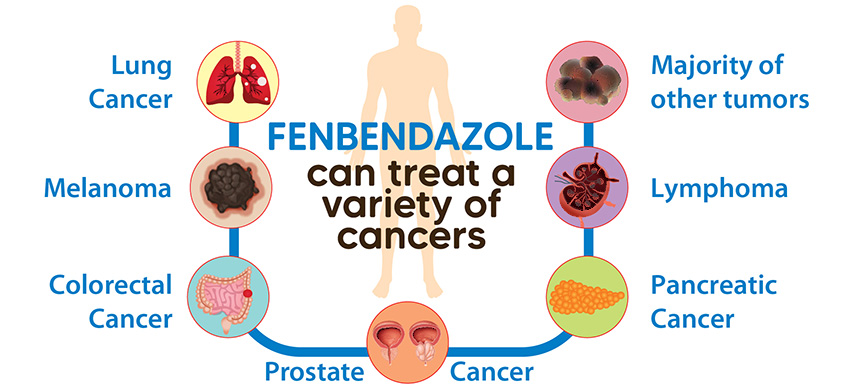
Check out this website — Fenbendazole.org — which gives you a description and history of fenbendazole, how it is used, testimonials, videos, research and a wonderful calculator where you can enter your weight and what you wish to use it for and it will give you the recommended dosage along with other complimentary supplements — CLICK HERE for full details.
CLICK HERE for the report that Dr. John Campbell is referring to.
FENBENDAZOLE Testimonial in Stage 4 Melanoma Cancer patient - didn't listen to Oncologist's advice to stop Fenbendazole, and is now cancer free
Oct 18, 2024
Does Fenbendazole Cure Cancer?
Exploring the Controversy: Does Fenbendazole Cure Cancer? by Fenbendazole Help
Read the full article on Substack. This alternative option to cancer treatment may be of interest to those of you who are looking for something other than conventional medicine.
How to Increase Oxygen to Blood Cells
The following is an article found on the website — Self Help Nirvana — outlining the various ways to test blood oxygen levels, what they mean and how to get more oxygen into your blood stream.
The Bohr Effect — The Secret to Increasing More OXYGEN in Your Cells
April 23, 2023 – The Bohr effect is our body's clever mechanism for ensuring oxygen gets offloaded precisely where it's needed most. It’s based on this simple yet vital principle: when CO2 levels rise, hemoglobin changes shape slightly, which lets go of its bound oxygen. Increasing oxygen in your cells could potentially help with various conditions, from anxiety to respiratory problems. Learn how to do it!
Poor breathing can decrease oxygen levels and even change your body's pH. Learn a simple breathing technique that can increase blood oxygen levels. Watch this demonstration now!
Note, that low oxygen levels is related to metabolic disease and onset diabetes, chronic illness and cancer.
Cancer as a Metabolic Disease
I was watching a recent Joe Rogan podcast where he was interviewing a person who had a background in pharmaceuticals, nutrition, diet, obesity, diabetes and food. There was a segment in the talk where they discussed metabolic disease and its relationship to cancer and early onset diabetes in young adults. This sparked my curiosity and once again I went down that rabbit hole of research and investigation into — what is metabolic disease? — how is metabolic disease related to cancer and other chronic illness? The following are links to some of my findings?
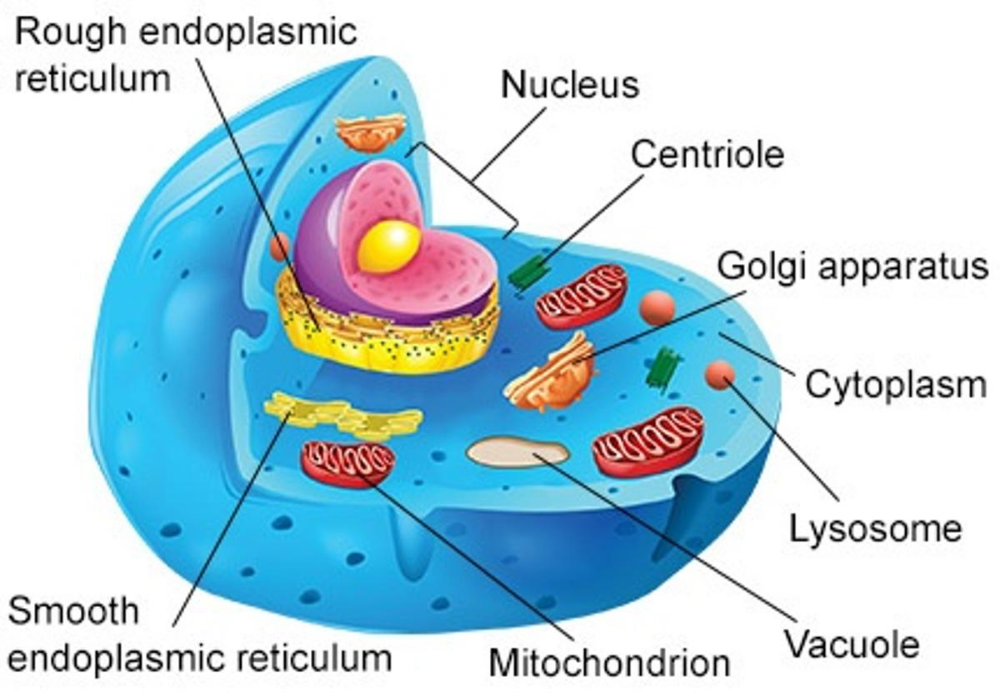 In oncology, the Warburg effect is the observation that most cancer use aerobic glycolysis for energy generation rather than the mechanisms used by non-cancerous cells. This observation was first published by Otto Heinrich Warburg, who was awarded the 1931 Nobel Prize in Physiology for his "discovery of the nature and mode of action of the respiratory enzyme". Wikipedia
In oncology, the Warburg effect is the observation that most cancer use aerobic glycolysis for energy generation rather than the mechanisms used by non-cancerous cells. This observation was first published by Otto Heinrich Warburg, who was awarded the 1931 Nobel Prize in Physiology for his "discovery of the nature and mode of action of the respiratory enzyme". Wikipedia
Encyclopedia Britannica: metabolic disease; pathology
PubMed: Abstract - Is Cancer a Metabolic Disease?
PubMed: Abstract - Cancer as a metabolic disease
PubMed: Abstract - Cancer as a Metabolic Disorder
National Library of Medicine: Glucose Metabolism in Cancer: The Warburg Effect and Beyond
Sep 3, 2024 The Hungry for Change Podcast
Think cancer is unbeatable? Think again. Meet Professor Thomas Seyfried, the biologist who's rewriting the rules with groundbreaking metabolic therapies. With a Ph.D. from the University of Illinois and postdoctoral research at Yale, Professor Seyfried is leading a revolution in how we fight diseases like cancer and epilepsy through diets like keto. At Boston College, he’s not just teaching— he’s challenging everything we thought we knew about these diseases. Author of 'Cancer as a Metabolic Disease,' his work is flipping the script on conventional medicine. Ready to uncover the truth about beating cancer? Watch now!
Dec 28, 2020
You can watch Dr. Thomas Seyfried's full interview for free by signing up here: https://mailchi.mp/metabolichealthsum... Dr. Thomas Seyfried is a Cancer Biology Researcher, Boston College Professor, and Author of the book "Cancer as a Metabolic Disease." In this clip, Dr. Seyfried walks us through the history of cancer as a metabolic disease. The story began in the early 1990s when a scientist named Otto Warburg defined the nature of cancer as a disease of mitochondrial function and energy metabolism. Dr. Seyfried and colleagues expanded on this concept by discovering that cancer cells could also thrive by using the amino acid glutamine as fuel, an important missing link in Warburg's central argument, according to Dr. Seyfried. In the full video, Dr. Seyfried eloquently explains how we think that ketogenic metabolic therapies work in cancer, including how they are being studied for the potential ability to sensitize cancer cells to the standard of care treatments. He also describes the complementary role of hyperbaric oxygen therapy (HBOT) and ketogenic therapies in cancer treatment research. Lastly, Dr. Seyfried describes the experiments that support Warburg's concept, and his evolving understanding of this complex disease. He also discusses the history of cancer as a genetic disease, why he introduced the "Glucose-Ketone Index" as a novel potential tool to monitor ketogenic treatments, and so much more. Watch now!
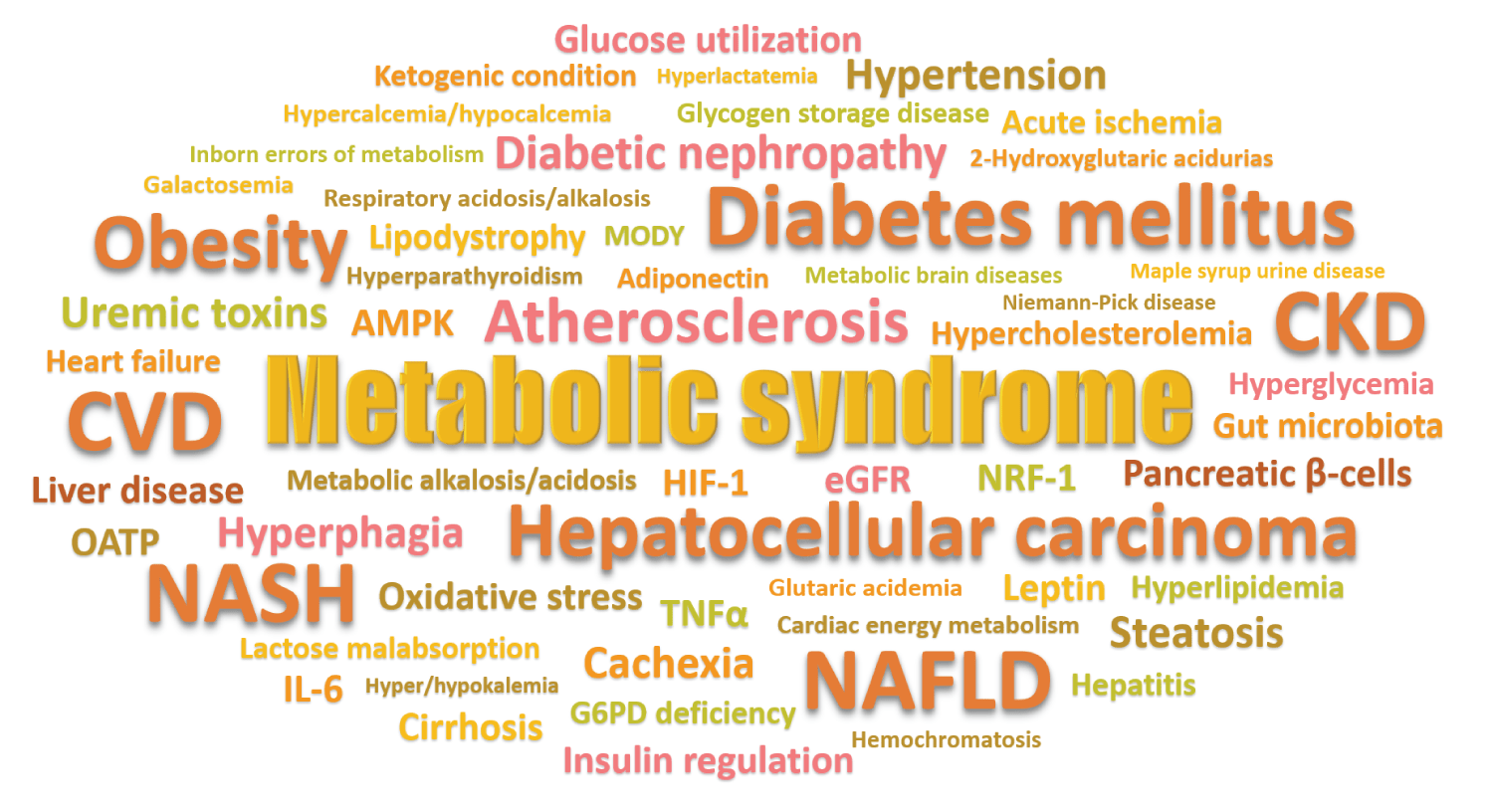
DMSO Could Save Millions From Brain and Spinal Injury
The decades of evidence showing DMSO revolutionizes the care of many "untreatable" circulatory and neurologic conditions.
DMSO Could Save Millions From Brain and Spinal Injury by A Midwestern Doctor
DMSO, Miracle Therapy for Chronic Pain and Musculoskeletal Injuries
I am a personal advocate of DMSO. I have used it for years. Read the book on DMSO.
DMSO is a Miraculous Therapy for Chronic Pain and Musculoskeletal Injuries by A Midwestern Doctor
Ivermectin as an Anti-Cancer Drug
Ivermectin, a potential anticancer drug derived from an antiparasitic drug
The following is taken from PubMed [PMID: 32971268]
Ivermectin has powerful antitumor effects, including the inhibition of proliferation, metastasis, and angiogenic activity, in a variety of cancer cells. This may be related to the regulation of multiple signaling pathways by ivermectin through PAK1 kinase. On the other hand, ivermectin promotes programmed cancer cell death, including apoptosis, autophagy and pyroptosis. Ivermectin induces apoptosis and autophagy is mutually regulated. Interestingly, ivermectin can also inhibit tumor stem cells and reverse multidrug resistance and exerts the optimal effect when used in combination with other chemotherapy drugs.
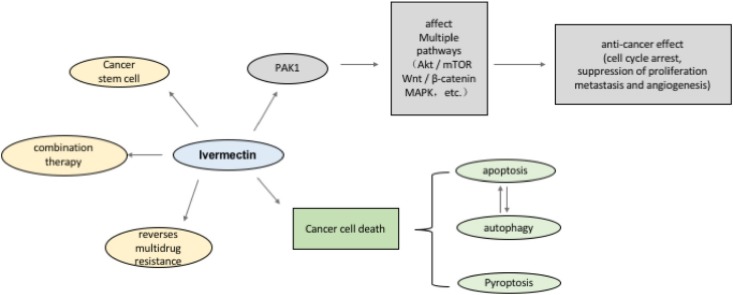
Abstract
Ivermectin is a macrolide antiparasitic drug with a 16-membered ring that is widely used for the treatment of many parasitic diseases such as river blindness, elephantiasis and scabies. Satoshi ōmura and William C. Campbell won the 2015 Nobel Prize in Physiology or Medicine for the discovery of the excellent efficacy of ivermectin against parasitic diseases. Recently, ivermectin has been reported to inhibit the proliferation of several tumor cells by regulating multiple signaling pathways. This suggests that ivermectin may be an anticancer drug with great potential. Here, we reviewed the related mechanisms by which ivermectin inhibited the development of different cancers and promoted programmed cell death and discussed the prospects for the clinical application of ivermectin as an anticancer drug for neoplasm therapy.
CLICK HERE for the full article.
Pain After Spinal Cord Injury
Pain After Spinal Cord Injury: Why it Happens & How to Relieve It
Last updated on March 26, 2021
Pain after spinal cord injury is common, affecting up to 80% of SCI patients. Normally, sensations travel from the body, through the spinal cord, and to the brain for processing. However, a spinal cord injury can disrupt the flow of messages between the brain and body, which can cause the brain to misinterpret these messages as pain. Pain can also be the result of secondary complications of SCI, such as shoulder pain from wheelchair use or bladder problems.

This article will go over 3 types of pain that can occur after spinal cord injury and effective ways to manage them.
CLICK HERE to view the full article.
PEMF Studies on Spinal Cord Injury and Bone Marrow Stem Cells
Enhanced effect of combining bone marrow mesenchymal stem cells (BMMSCs) and pulsed electromagnetic fields (PEMF) to promote recovery after spinal cord injury in mice
Source: PubMed [PMID: 35949547]
Abstract
Spinal cord injury (SCI) is a destructive traumatic disease of the central nervous system without satisfying therapy efficiency. Bone marrow mesenchymal stem cells (BMMSCs) therapy promotes the neurotrophic factors’ secretion and axonal regeneration, thereby promoting recovery of SCI. Pulsed electromagnetic fields (PEMF) therapy has been proven to promote neural growth and regeneration. Both BMMSCs and PEMF have shown curative effects for SCI; PEMF can further promote stem cell differentiation. Thus, we explored the combined effects of BMMSCs and PEMF and the potential interaction between these two therapies in SCI. Compared with the SCI control, BMMSCs, and PEMF groups, the combinational therapy displayed the best therapeutic effect. Combinational therapy increased the expression levels of nutritional factors including brain‐derived neurotrophic factor (BDNF), nerve growth factors (NGF) and vascular endothelial growth factor (VEGF), enhanced neuron preservation (NeuN and NF‐200), and increased axonal growth (MBP and myelin sheath). Additionally, PEMF promoted the expression levels of BDNF and VEGF in BMMSCs via Wnt/β‐catenin signaling pathway. In summary, the combined therapy of BMMSCs and PEMF displayed a more satisfactory effect than BMMSCs and PEMF therapy alone, indicating a promising application of combined therapy for the therapy of SCI.
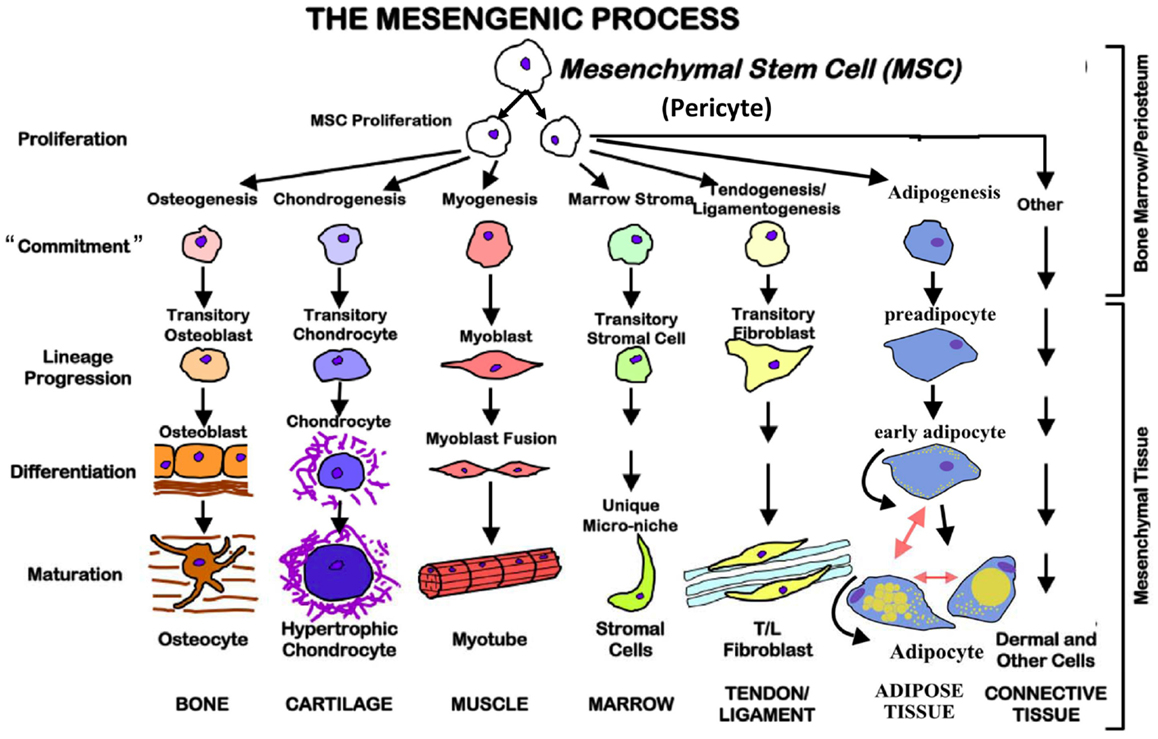
The combination of bone marrow mesenchymal stem cells (BMMSCs) and pulsed electromagnetic fields (PEMF) improved the functional recovery in SCI mice by decreasing glial scar area, promoting the expression levels of nutritional factors, enhancing neuron preservation and axonal regeneration, which may be achieved by modulating Wnt/β‐catenin signaling pathway.
CLICK HERE to see full article
